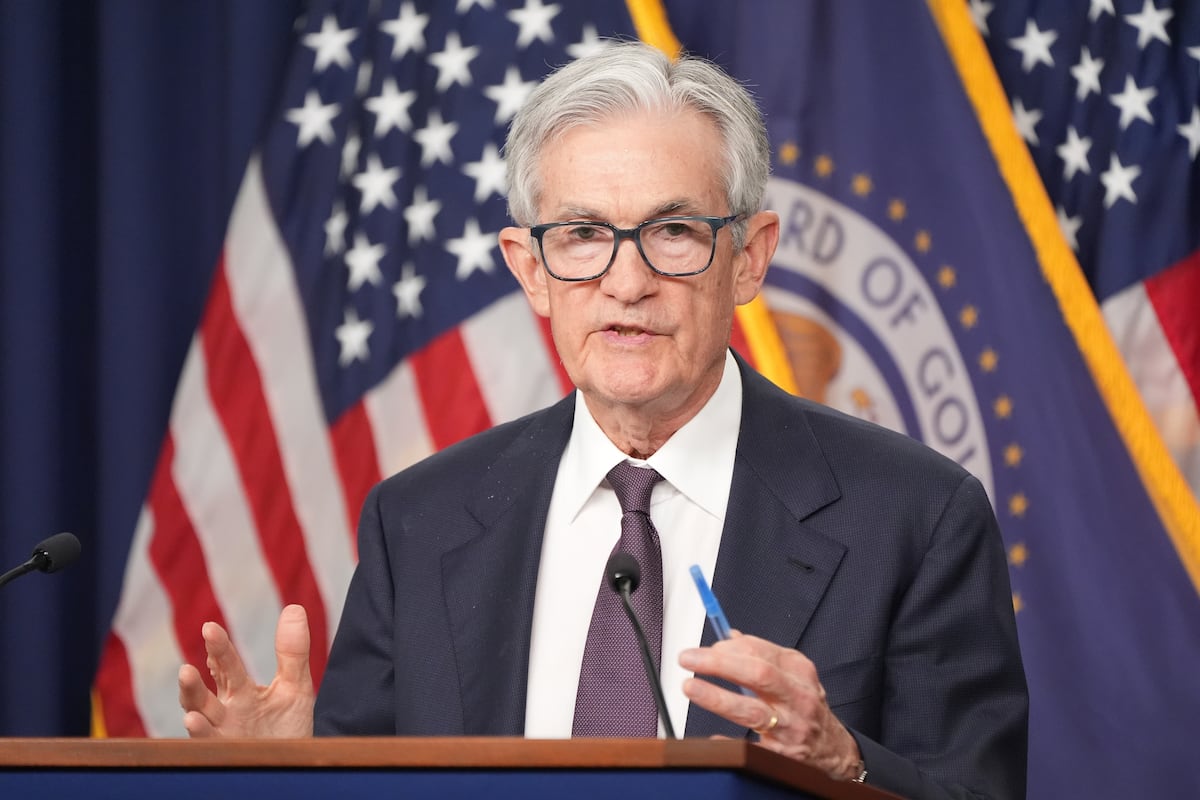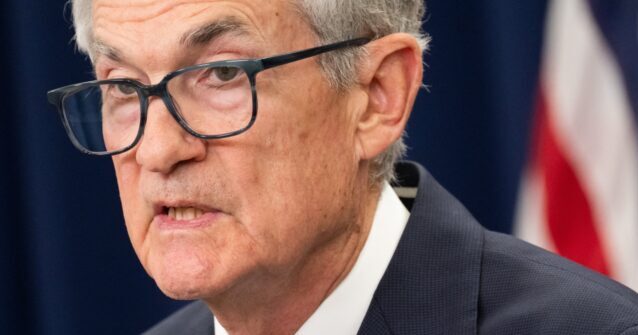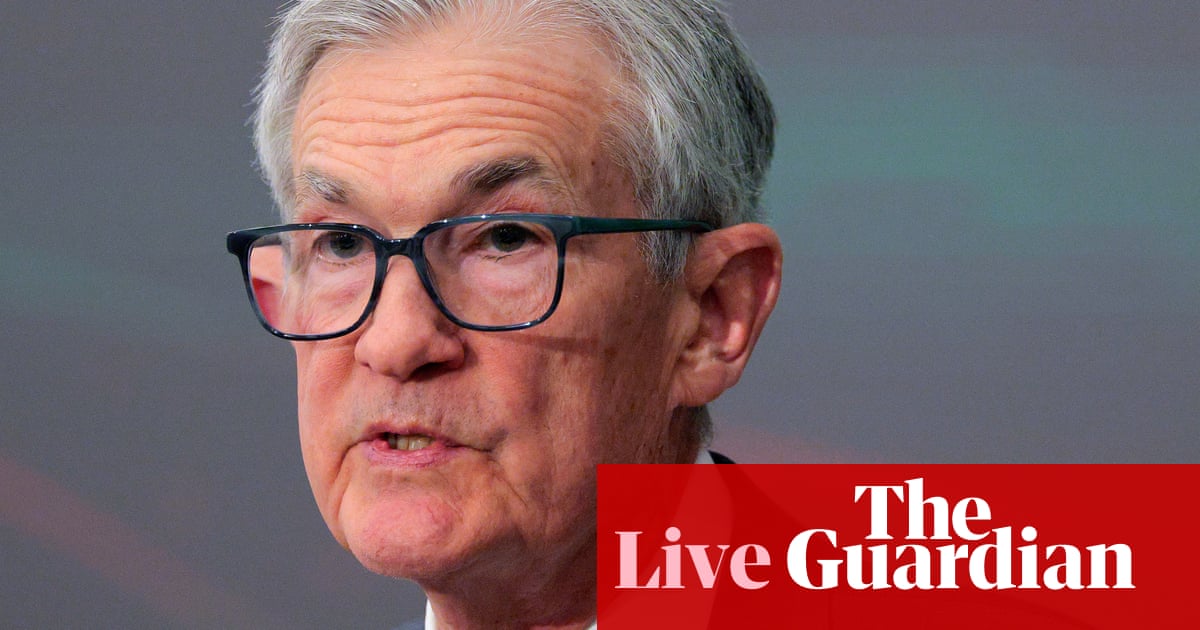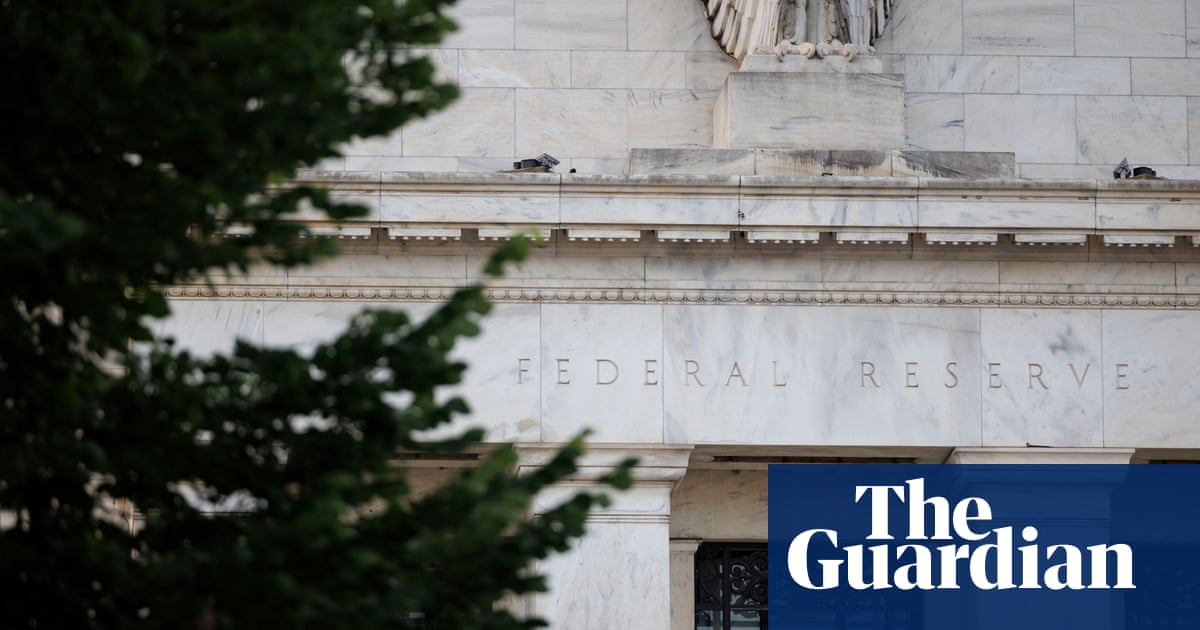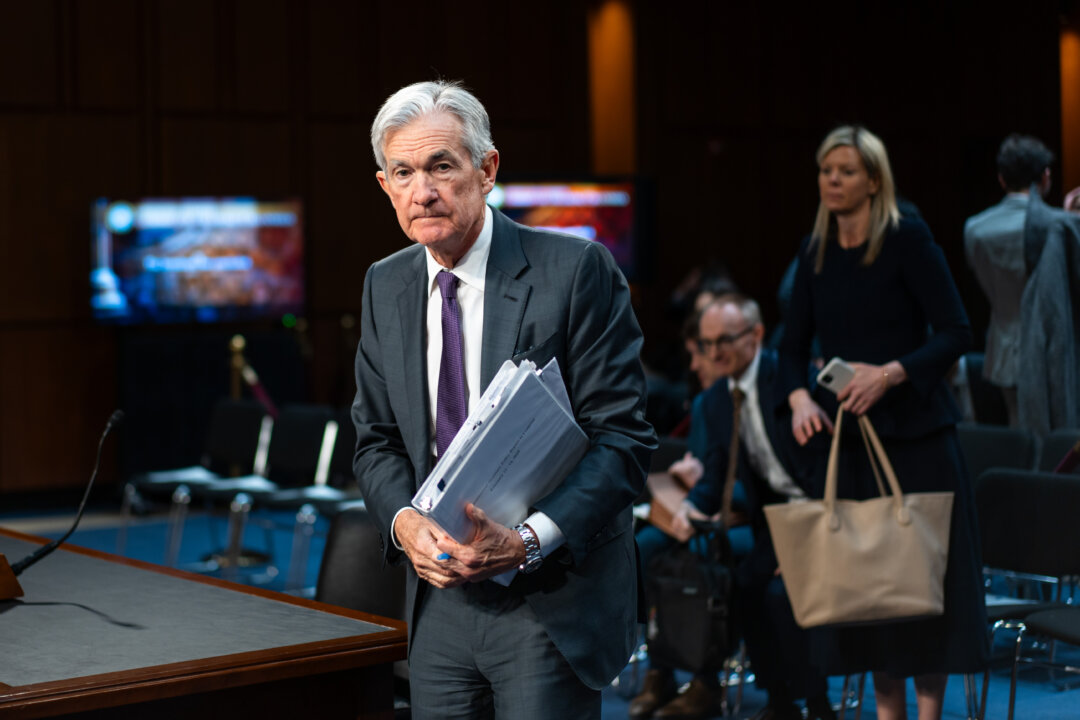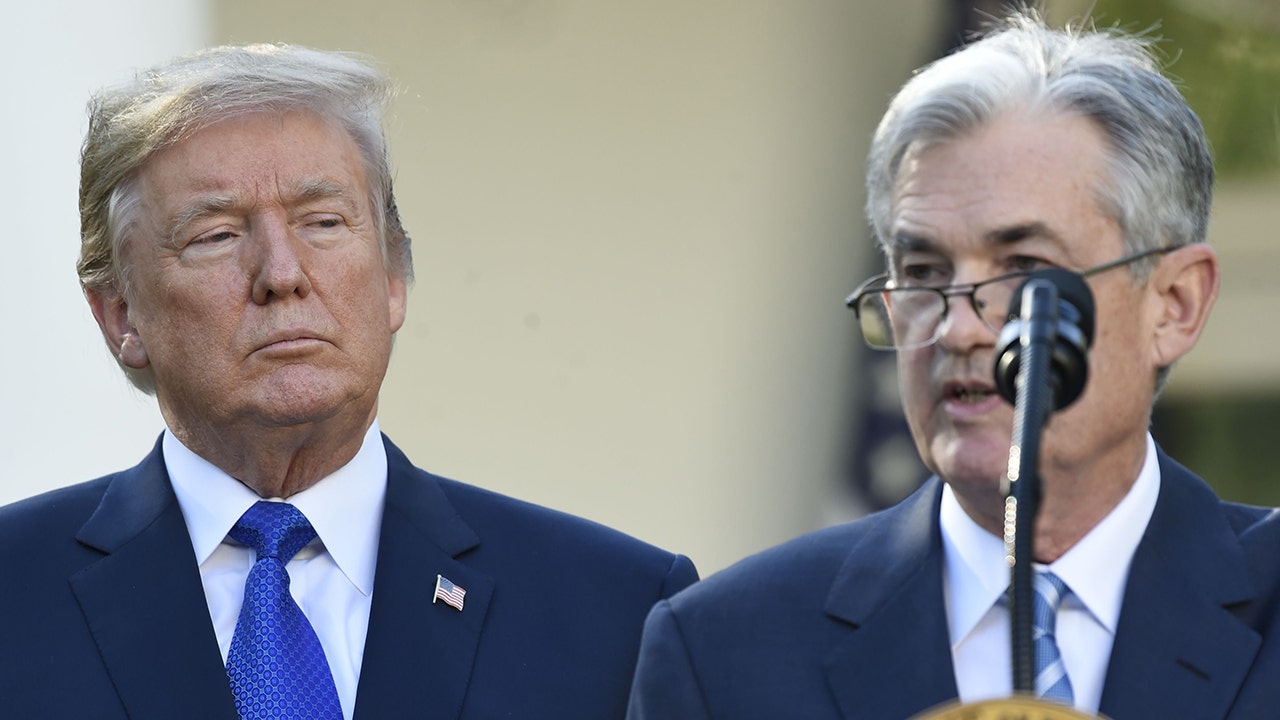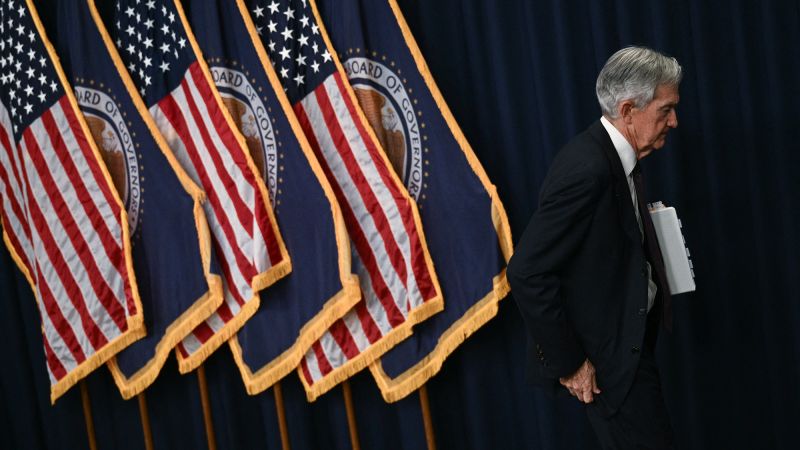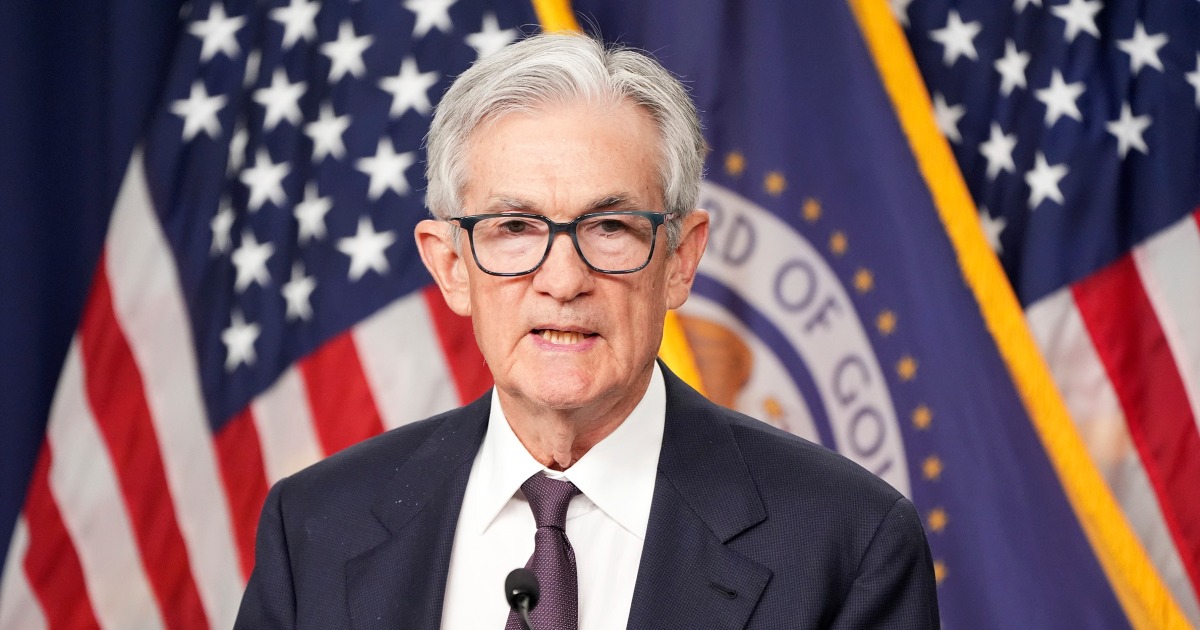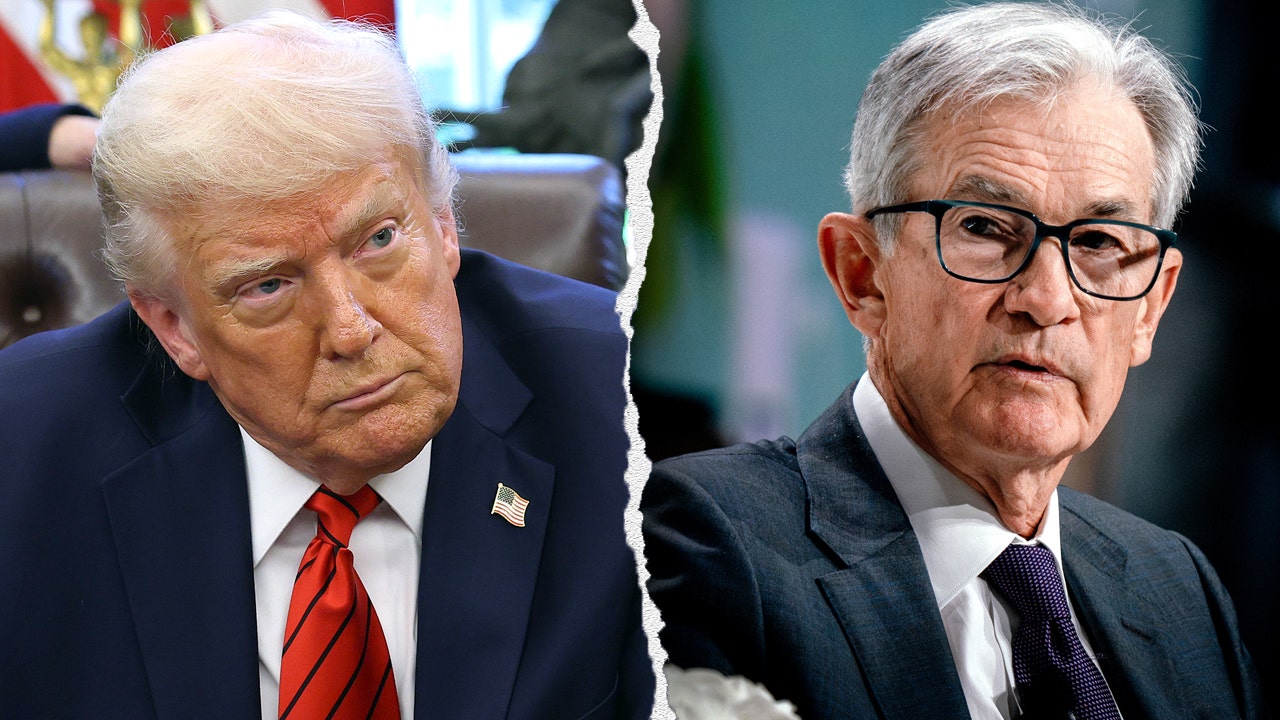Federal Reserve Holds Interest Rates Steady Amid Inflation Concerns and Political Pressure
The Federal Reserve maintains interest rates at 4.25%-4.5% as inflation projections rise, with President Trump urging cuts despite economic forecasts.
Subscribe to unlock this story
We really don't like cutting you off, but you've reached your monthly limit. At just $5/month, subscriptions are how we keep this project going. Start your free 7-day trial today!
Get StartedHave an account? Sign in
Overview
- The Federal Reserve has kept interest rates unchanged at 4.25% to 4.5% for the fourth consecutive meeting amid economic uncertainty.
- Officials anticipate inflation to rise to 3% by year-end, prompting discussions of potential rate cuts despite lower growth projections.
- President Trump has criticized Fed Chair Jerome Powell for not lowering rates, calling him 'stupid' and 'political' in his demands.
- The average credit card APR is around 20-25%, while high-yield bank accounts offer rates from 3.6% to 5%.
- The Fed projects a 1.4% economic growth rate and an increase in the unemployment rate to 4.5% this year.
Report issue

Read both sides in 5 minutes each day
Analysis
Center-leaning sources present a cautious perspective on the Federal Reserve's decision to maintain interest rates, emphasizing stability amid economic uncertainty. They highlight implications for consumers, such as credit card rates and mortgage forecasts, while subtly critiquing the prolonged high rates, reflecting a concern for financial impacts on everyday Americans.
Articles (37)
Center (17)
FAQ
The Federal Reserve kept interest rates steady to address rising inflation projections and maintain a cautious monetary policy amid ongoing economic uncertainty, aiming to avoid fueling price increases further or destabilizing the job market.
The Federal Reserve now projects inflation to reach 3% by year-end 2025, up from the previous March forecast of 2.7%. Real GDP growth is expected to slow to 1.4% this year, and the unemployment rate is projected to rise to 4.5%[2].
President Trump has publicly urged the Fed to cut rates, criticizing Fed Chair Jerome Powell for not doing so, while the Fed has maintained rates to balance inflation risks and economic stability despite political pressure[4].
The current federal funds rate is in the range of 4.25% to 4.5%. This level is significant because it influences borrowing costs across the economy and is set to manage inflation without triggering a recession or overheating the labor market[4].
The Fed’s steady rate policy is likely to keep credit card APRs high (currently around 20–25%) and help sustain elevated rates for high-yield savings accounts, which presently offer between 3.6% and 5%[4].
History
- 5M

 26 articles
26 articles
- 5M

 16 articles
16 articles
- 5M

 13 articles
13 articles
- 5M

 10 articles
10 articles
- 5M

 4 articles
4 articles





